7-Day Norway Adventure and Nightlife Experience with Friends
Norway
7 days
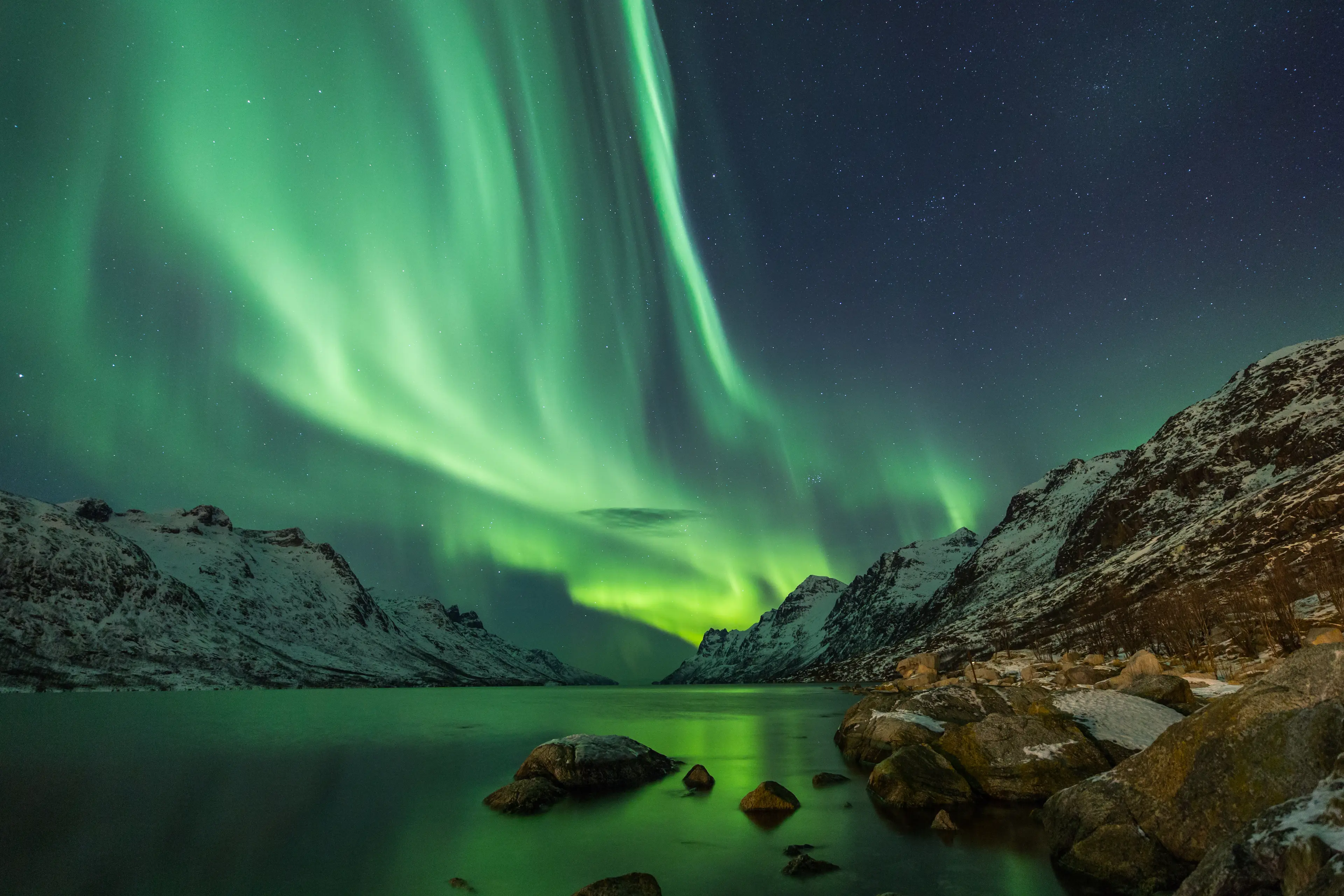
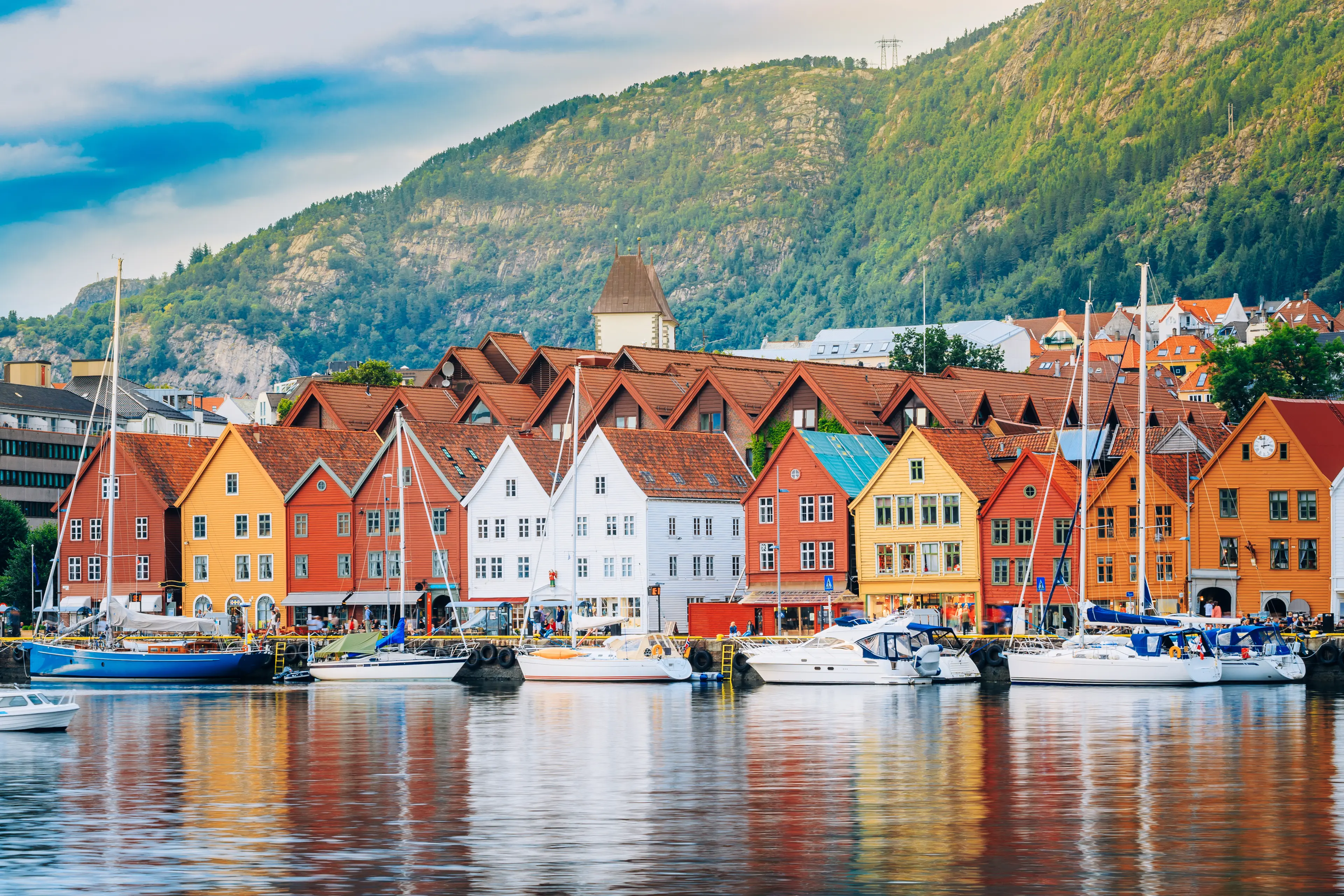
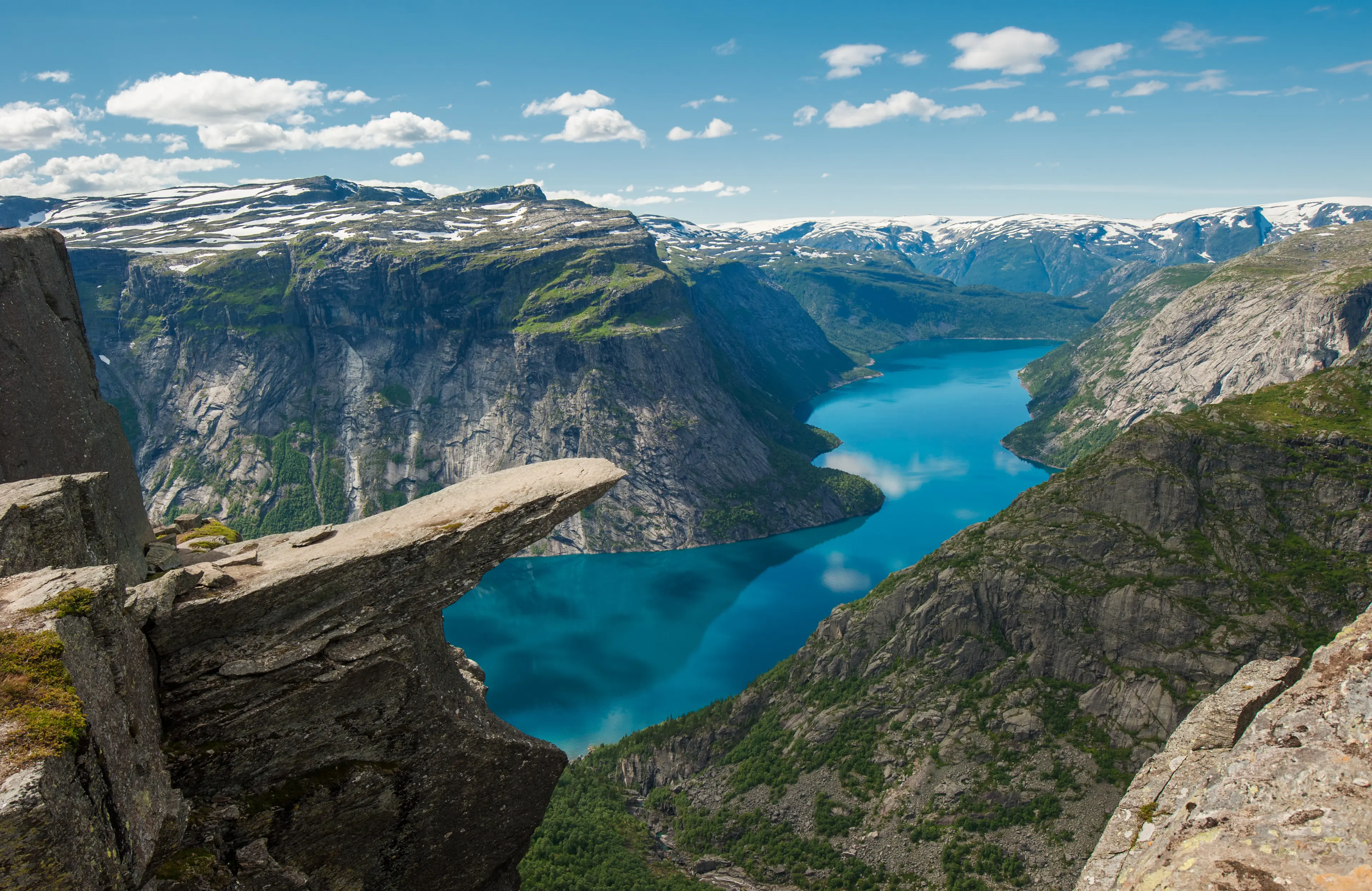
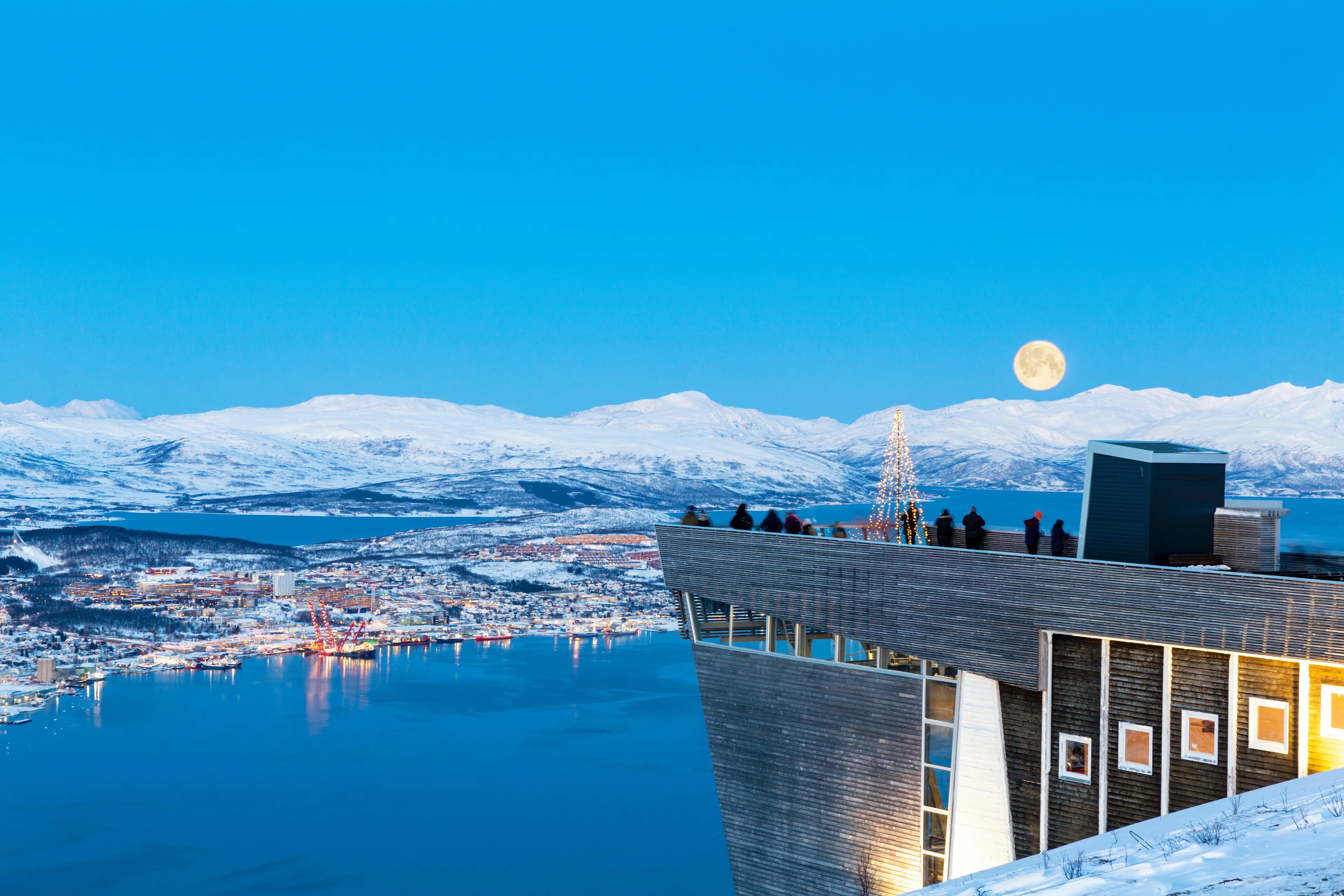

About Norway
Experience the magic of Norway, a Scandinavian gem renowned for its stunning fjords, Northern Lights, and vibrant cultural cities. Explore Oslo, the capital, with its blend of modern architecture and historic sites like the Viking Ship Museum. Venture to Bergen, the gateway to the fjords, and take a scenic cruise through the UNESCO-listed Geirangerfjord. Don't miss the charming coastal city of Stavanger, home to the famous Pulpit Rock. For outdoor enthusiasts, Norway offers exceptional hiking, skiing, and wildlife viewing opportunities. Experience the awe-inspiring spectacle of the Northern Lights in Tromsø or journey to the North Cape, the northernmost point in Europe. With its rich history, diverse landscapes, and friendly locals, Norway promises an unforgettable travel experience.
7-Day Itinerary
Day 2
Fjord Cruise from Bergen
Morning
Embark on a Fjord Cruise to explore the stunning Norwegian coastline.
Lunch
Enjoy a packed lunch on the Fjord Cruise, surrounded by breathtaking scenery.
Afternoon
Continue your fjord exploration, with opportunities for kayaking and swimming.
Dinner
Dine in a local seafood restaurant, offering fresh catches of the day.
Evening
Relax in a local pub, experiencing the local beer culture.
Day 3
Discovering Oslo's Grünerløkka District and Munch Museum
Morning
Travel to Oslo and explore the vibrant Grünerløkka district, known for its street art and indie boutiques.
Lunch
Enjoy lunch in a trendy café in the Grünerløkka district.
Afternoon
Visit the Munch Museum, dedicated to the life and works of the famous Norwegian artist Edvard Munch.
Dinner
Dine in a local restaurant offering modern Nordic cuisine.
Evening
Experience Oslo's nightlife in the trendy bars and clubs of the Grünerløkka district.
Day 4
Exploring Oslo's Akershus Fortress and Viking Ship Museum
Morning
Explore the Akershus Fortress, a medieval castle that has been at the heart of Oslo's history.
Lunch
Enjoy lunch in a local café near the Akershus Fortress.
Afternoon
Visit the Viking Ship Museum, home to three of the best-preserved Viking ships in the world.
Dinner
Dine in a local restaurant offering a fusion of Norwegian and international cuisine.
Evening
Relax in a local pub, experiencing the local beer culture.
Day 5
Whale Watching and Northern Lights in Tromsø
Morning
Travel to Tromsø and embark on a Whale Watching Tour.
Lunch
Enjoy a packed lunch on the Whale Watching Tour, surrounded by stunning Arctic scenery.
Afternoon
Continue your whale watching adventure, with opportunities for photography and bird watching.
Dinner
Dine in a local restaurant offering traditional Sami cuisine.
Evening
Experience the Northern Lights, a natural phenomenon that lights up the Arctic sky.
Day 6
Exploring Tromsø's Arctic Cathedral and Polar Museum
Morning
Explore the Arctic Cathedral, a landmark in Tromsø with its unique architecture.
Lunch
Enjoy lunch in a local café near the Arctic Cathedral.
Afternoon
Visit the Polar Museum, dedicated to the history of Arctic exploration.
Dinner
Dine in a local restaurant offering fresh Arctic seafood.
Evening
Relax in a local pub, experiencing the local beer culture.
Day 7
Dog Sledding Adventure in Tromsø
Morning
Embark on a dog sledding adventure in the Arctic wilderness.
Lunch
Enjoy a packed lunch on the Dog Sledding Tour, surrounded by stunning Arctic scenery.
Afternoon
Continue your dog sledding adventure, with opportunities for photography and wildlife spotting.
Dinner
Dine in a local restaurant offering traditional Norwegian cuisine.
Evening
Relax in a local pub, experiencing the local beer culture.
Attractions in Itinerary (12)

1Mount Fløyen
Mount Fløyen is a popular tourist destination in Bergen. You can take the funicular, which is one of Norway's best-known attractions, to the top of the mountain and enjoy panoramic views of the city. There are also several walking trails and a restaurant at the top.

2Bryggen district
A historic harbour district, known for its iconic wooden houses.

3Fjord Cruise
A breathtaking cruise through Norway's stunning fjords, offering views of towering cliffs and cascading waterfalls.
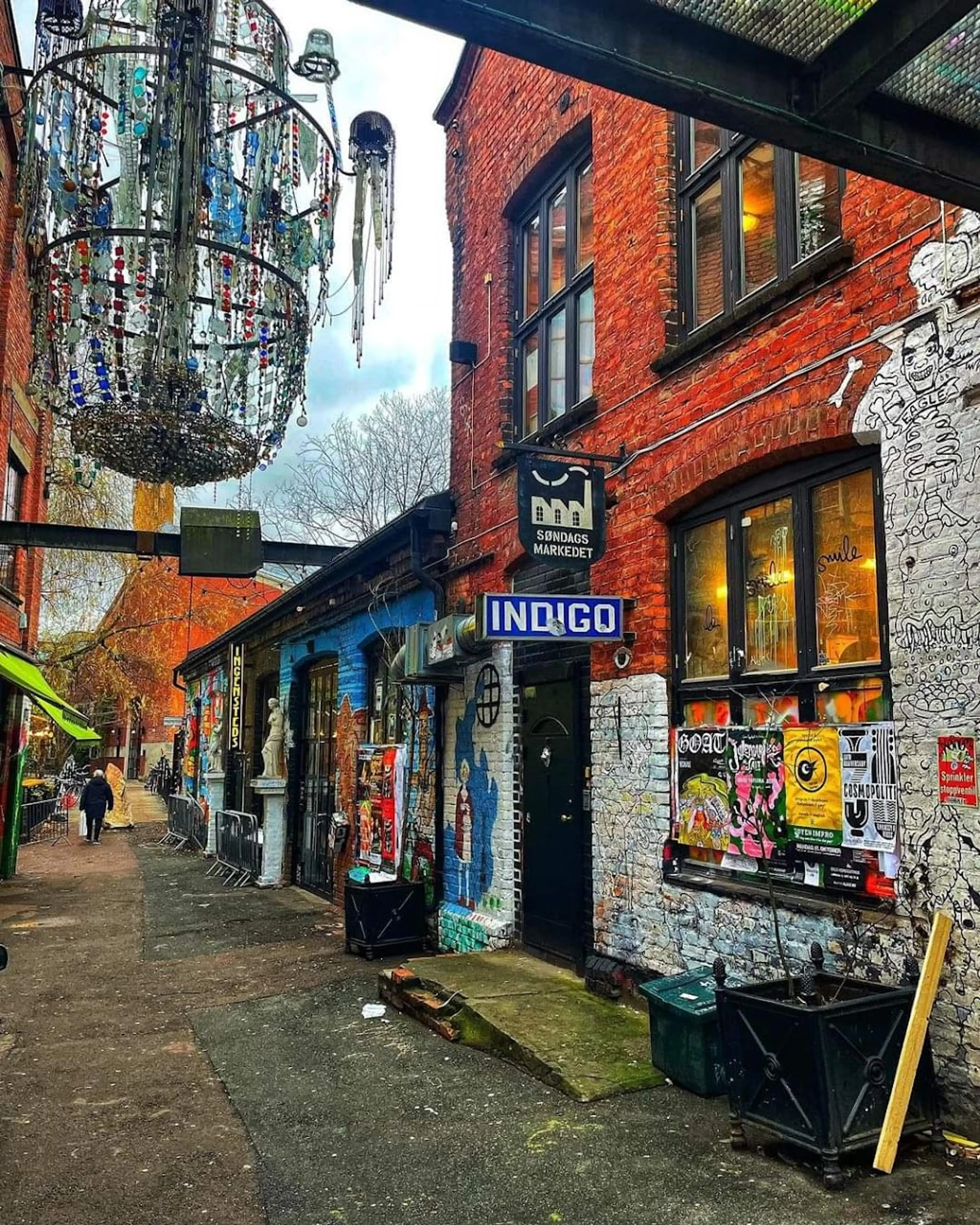
4Grünerløkka district
Grünerløkka is a vibrant and trendy district of Oslo, known for its eclectic mix of old and new architecture, its cultural scene, and its many cafes, bars, and boutiques.

5Munch Museum
The Munch Museum is dedicated to the life and works of the Norwegian artist Edvard Munch. The museum contains more than half of his entire production of paintings and at least one copy of all his prints.

6Akershus Fortress
A medieval castle that was built to protect Oslo, it has also been used as a prison. It offers stunning views of the harbour.

7Viking Ship Museum
Home to three of the world's best preserved Viking ships and the main attractions of the museum are the Oseberg ship, Gokstad ship and Tune ship.
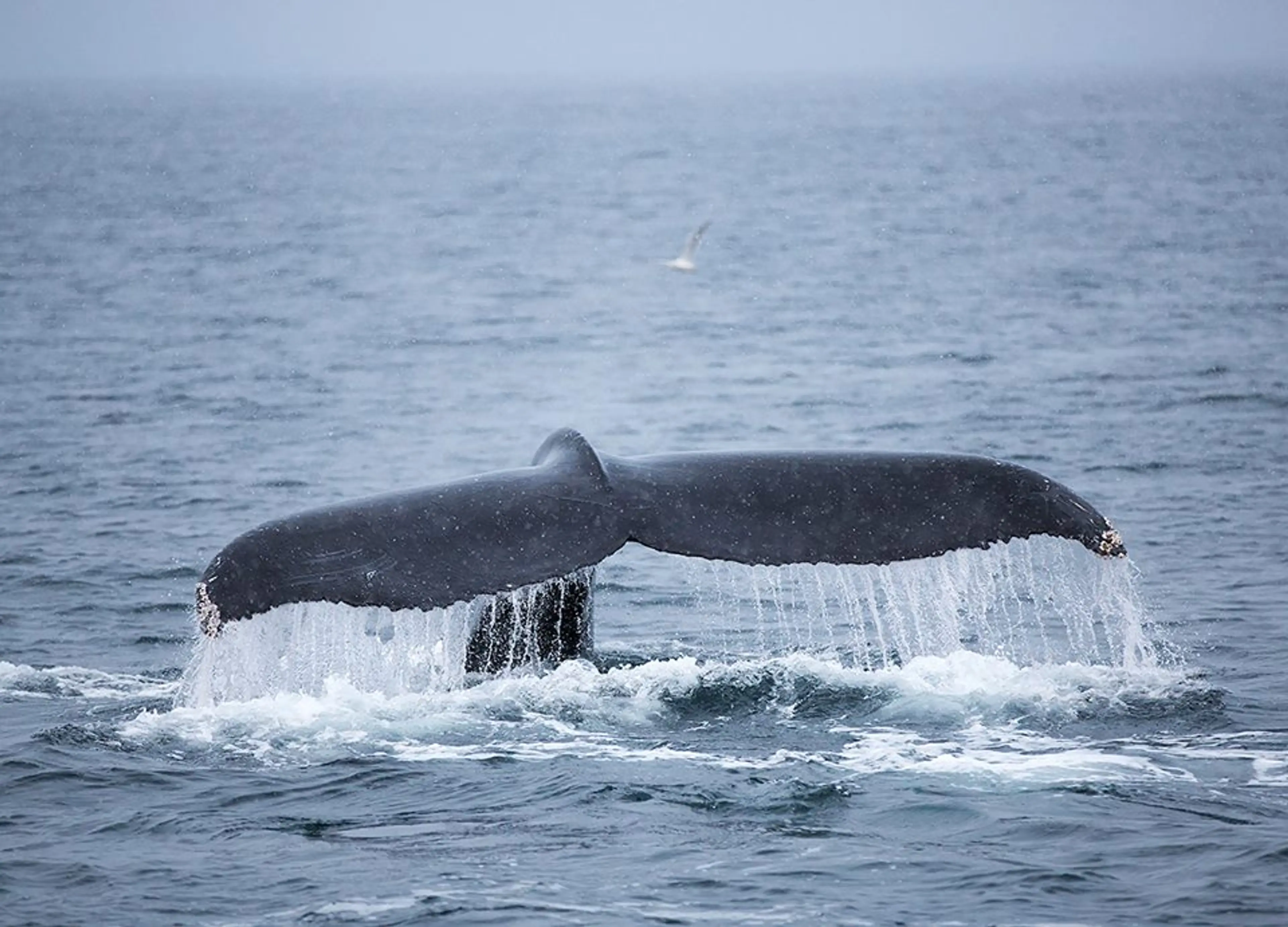
8Whale Watching Tour
Whale Watching Tour is a popular tourist activity in Norway. Tourists can see different species of whales in their natural habitat.

9Northern Lights
The Northern Lights are a natural light display in the Earth's sky, predominantly seen in the high-latitude regions around the Arctic and Antarctic.

10Arctic Cathedral
A modern church from 1965, with a distinctive architecture inspired by Arctic nature.

11Polar Museum
A museum in Tromsø dedicated to the history of Arctic exploration.
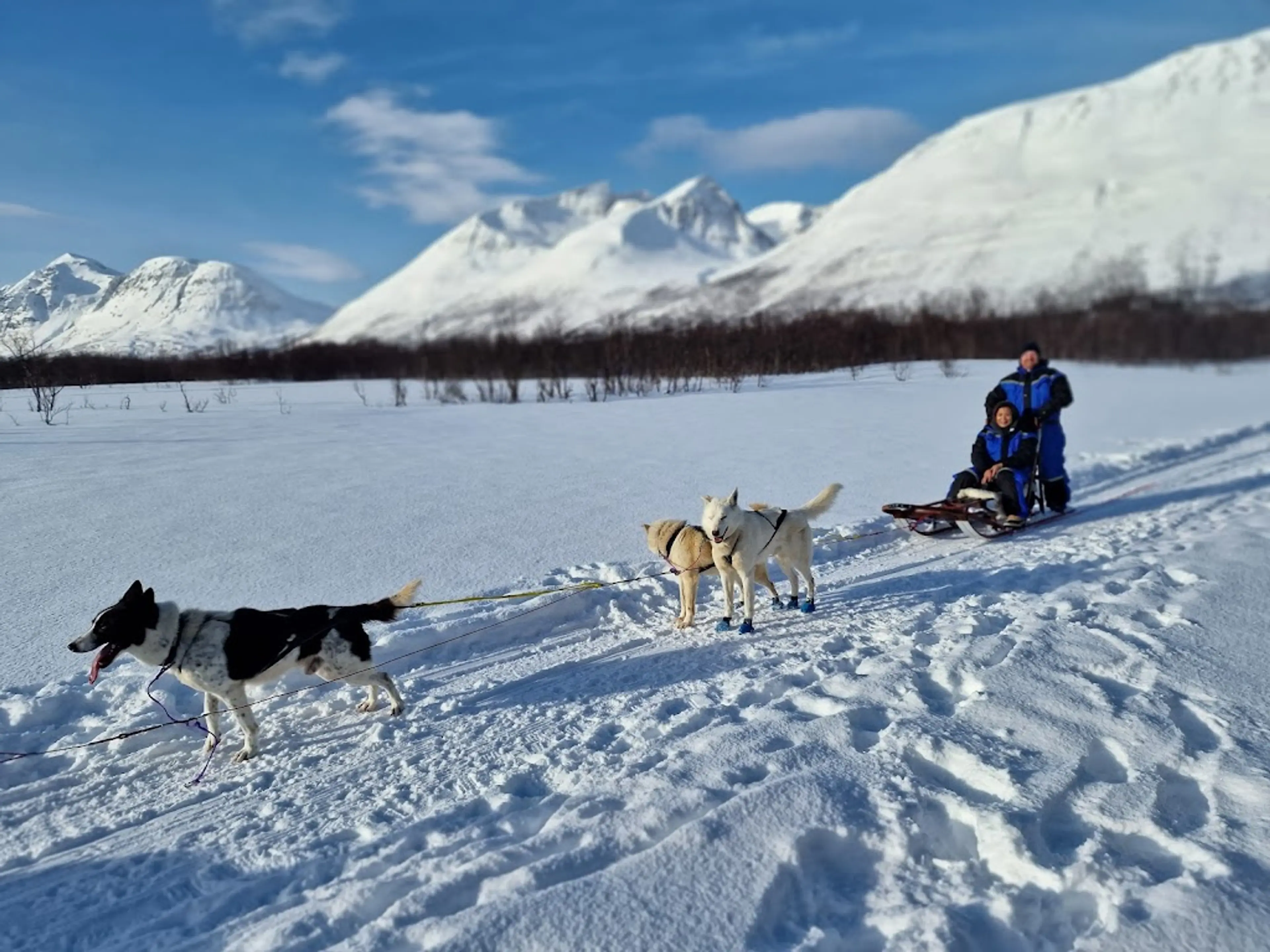
12Dog Sledding Tour
Experience the thrill of dog sledding through the beautiful Norwegian wilderness. This tour offers a unique opportunity to connect with nature and learn about the traditional mode of Arctic transportation.
Local Food and Drinks (12)

Fårikål
Fårikål is Norway's national dish, made from mutton with bone, cabbage, whole black pepper and often a little wheat flour. It's traditionally served with potatoes boiled in their jackets.

Rakfisk
Rakfisk is a traditional Norwegian dish made from trout or char, salted and fermented for two to three months, or even up to a year. It's a speciality of Valdres in Eastern Norway.

Klippfisk
Klippfisk is dried and salted cod, which is a staple in Norwegian cuisine. It's often served with accessories like bacon, cream sauce, and vegetables.
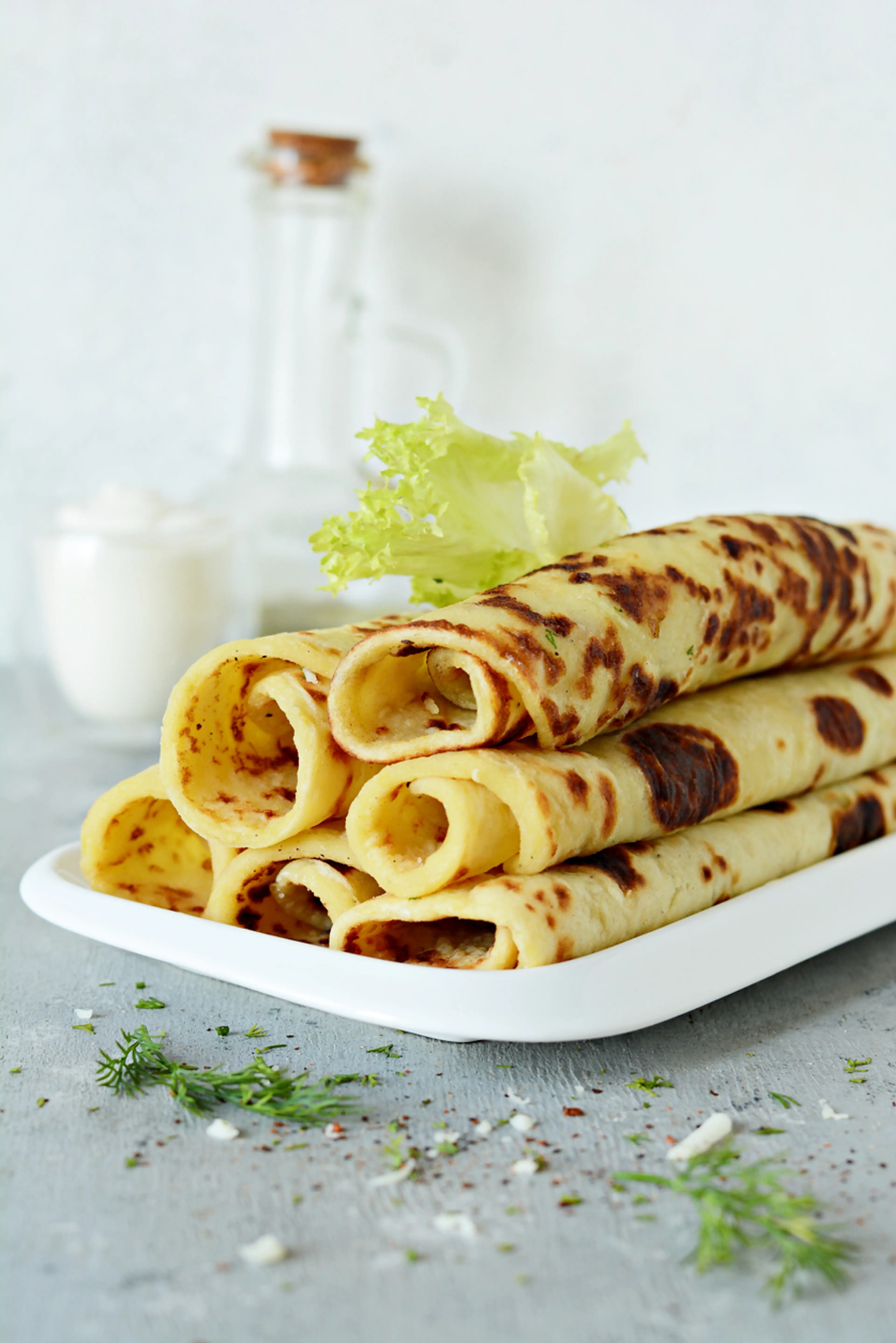
Lefse
Lefse is a traditional soft, Norwegian flatbread made with leftover potatoes, flour, butter, and milk or cream. It's often served sweet, rolled up with butter, sugar and cinnamon.

Krumkake
Krumkake is a Norwegian waffle cookie made of flour, butter, eggs, sugar, and cream. It's traditionally made during the Christmas season.

Raspeballer
Raspeballer, also known as Komle, is a traditional Norwegian dish made of grated potatoes, where they are typically served with bacon, sausages or sheep meat.

Pinnekjøtt
Pinnekjøtt is a festive dish typical to Western- and Northern Norway, made from rib of lamb or mutton. It's traditionally served at Christmas with puréed swede and potatoes.

Rømmegrøt
Rømmegrøt is a warm Norwegian dessert made from sour cream, whole milk, wheat flour, butter, and salt. It's often served with sugar, cinnamon and butter, and a glass of cold milk on the side.

Kjøttkaker
Kjøttkaker are Norwegian meatballs made with ground beef or pork, and served with mashed or boiled potatoes, gravy, vegetables and lingonberry sauce.

Aquavit
Aquavit or 'akevitt' is a distilled spirit that is principally produced in Scandinavia, where it has been produced since the 15th century. It's typically flavored with herbs like caraway seeds, anise, dill, fennel, and coriander.

Solbærtoddy
Solbærtoddy is a warm blackcurrant toddy that's a popular drink in Norway, especially during the cold winter months. It's made from blackcurrant saft, sugar, and boiling water.
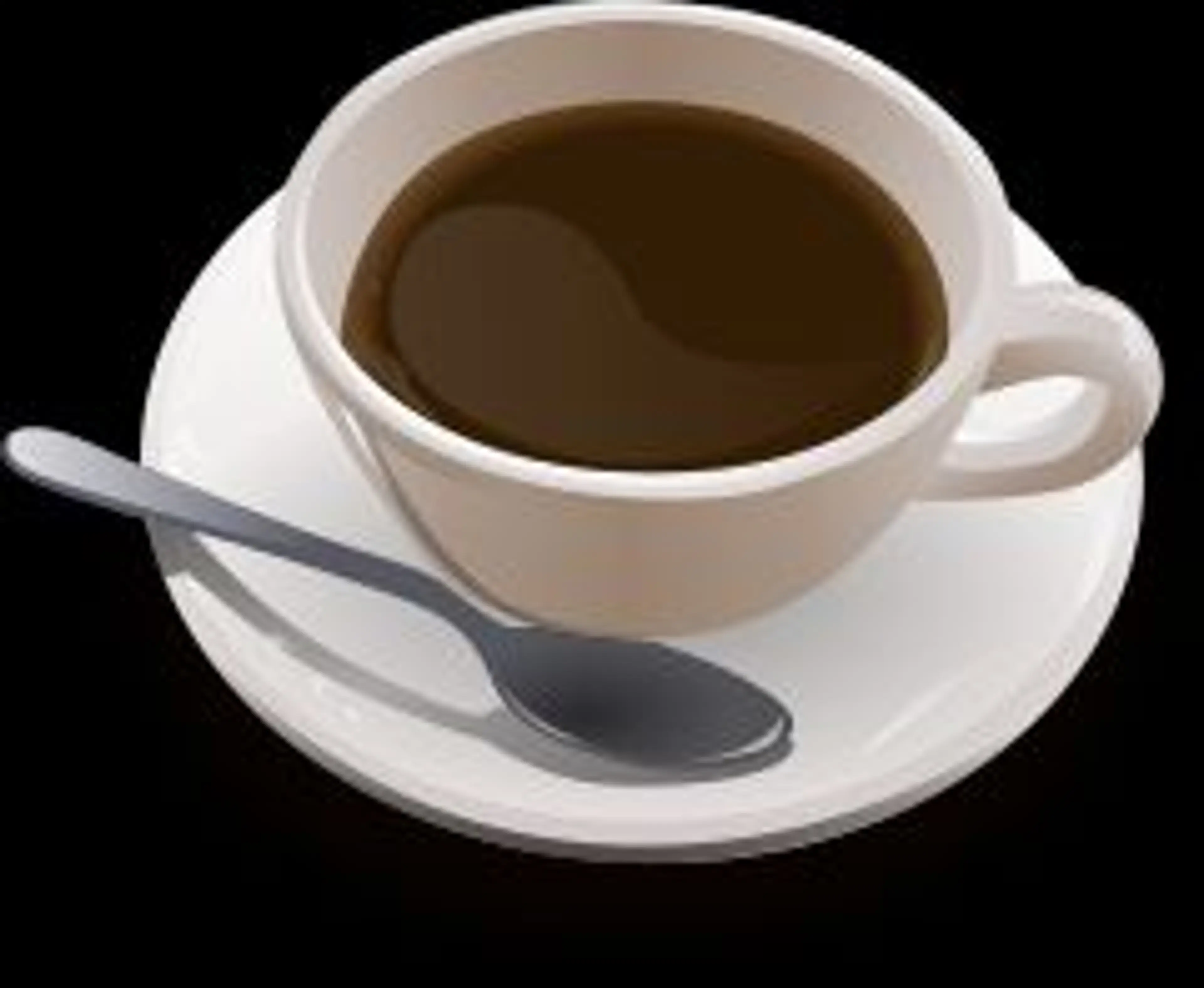
Karsk
Karsk is a traditional Norwegian cocktail made of coffee and moonshine or vodka. It's particularly popular in the Trøndelag region of Norway.
Best time to visit
The best time to visit Norway largely depends on what you want to experience. For the Midnight Sun and outdoor activities like hiking and fishing, the summer months of June to August are ideal. The weather is pleasant and the days are long. If you're interested in skiing or other winter sports, or if you want to catch a glimpse of the Northern Lights, then the colder months from November to March would be the best time for you. However, do note that it can get quite cold during this period. For a balance of mild weather and fewer tourists, the shoulder seasons of April to May and September to October can also be a good choice.
How to get around
Air Travel
Norway has a well-developed domestic air travel network. Major cities and even some of the smaller towns have airports, with regular flights operated by airlines such as Norwegian Air and SAS. This is a quick and efficient way to travel long distances across the country.
Train
Norway's train network is extensive and offers a comfortable and scenic way to travel. The Norwegian State Railways (NSB) operates most routes, including the famous Oslo-Bergen line which passes through stunning fjord and mountain landscapes.
Bus
Buses are a cost-effective way to travel in Norway, reaching many places not served by train. Long-distance express buses connect major cities, while local buses provide transport within towns and rural areas.
Ferry
With its extensive coastline and many fjords, ferry travel is a common and scenic way to get around in Norway. There are numerous ferry routes, including those that cross fjords, connect coastal towns, and serve the many islands.
Car
Renting a car gives you the most flexibility to explore Norway at your own pace. Norway has a good network of roads, including National Tourist Routes which are specially designed to showcase the country's natural beauty. Remember to follow the country's strict driving laws.
Cycling
Norway is a great country for cycling, with many well-marked cycling routes and the possibility to rent bikes in many locations. Note that the terrain can be challenging and the weather changeable.
Ridesharing
Ridesharing services such as Uber are available in some Norwegian cities including Oslo and Bergen. This can be a convenient and cost-effective way to get around, especially in urban areas.
Hiking
Norway's stunning landscapes make it a paradise for hikers. There are countless hiking trails, ranging from easy walks to challenging mountain treks. Always check local advice and weather conditions before setting out.
Public Transport in Cities
Norway's cities have good public transport networks, including buses, trams, and in Oslo, a metro system. Tickets can usually be bought on board or at stations, and often cover multiple modes of transport.
Skiing
In winter, skiing is not just a sport but also a mode of transport in Norway. Cross-country skiing trails are plentiful and well-maintained, and in some areas you can even ski to work or school.
Important information
Currencykr NOK
Time zoneUTC+1
Driving sideRight
Emergency phone112, 110
Drinking waterYes
Power sockets
Voltage230 V
Things to know about Norway as a first time visitor
1
Norway is a Scandinavian country, and the official languages are Norwegian and Sami.
2
The currency used in Norway is the Norwegian Krone (NOK).
3
Credit cards are widely accepted in Norway, but it's always good to have some cash on hand for smaller purchases.
4
Norway is known for its high cost of living. Expect to pay more for food, drinks, and accommodations compared to other European countries.
5
Tipping is not mandatory in Norway, but it is customary to leave a 10-15% tip in restaurants if you are happy with the service.
6
Norway uses the Type F power plug, so you may need to bring an adapter if your devices use a different type.
7
Norway is in the Central European Time Zone (CET), which is 1 hour ahead of Coordinated Universal Time (UTC+1).
8
Norway has a temperate oceanic climate, with coastal areas having mild winters and cooler summer temperatures. The inland areas can have much colder winters and warmer summers.
9
In winter, temperatures can drop to -40 degrees Fahrenheit (-40 degrees Celsius) in the inland areas, while in summer, temperatures can reach up to 86 degrees Fahrenheit (30 degrees Celsius).
10
Norway is known for its outdoor activities, so pack accordingly. In winter, warm clothing, boots, hats, and gloves are essential. In summer, lighter clothing with a waterproof jacket is recommended.
11
Norway has a high standard of healthcare, but it can be expensive for non-residents. Travel insurance that covers health is highly recommended.
12
Public transportation in Norway is efficient and reliable. It includes buses, trams, ferries, and trains.
13
Norway is a safe country to visit, with low crime rates. However, it's always important to take standard precautions to protect your belongings.
14
Norway has strict laws regarding alcohol. It's only sold at certain times in stores, and the legal drinking age is 18 for beer and wine, and 20 for spirits.
15
Norway is a very eco-friendly country. Littering is frowned upon, and recycling is widely practiced.
16
If you plan on driving, remember that Norway drives on the right-hand side of the road. Also, be aware of the many tunnels and toll roads.
17
Norway has a law called 'allemannsretten' or 'every man's right', which allows everyone to roam freely in nature, including camping in the wild.
18
In Norway, the sun does not set in the summer (Midnight Sun), and in winter, there is a period of darkness (Polar Night).
19
Norway has a rich history and culture. Respect local customs and traditions, and try to learn a few basic phrases in Norwegian.
20
Norway has strict laws on drones. If you plan to bring one, make sure to check the current regulations.
Basic Norwegian to know as a first time visitor
English phrase | Native phrase | Pronunciation | When to use it |
|---|---|---|---|
Hello | Hei | hay | Greeting someone |
Goodbye | Ha det | ha de | Saying goodbye |
Please | Vær så snill | ver so snil | Making a request |
Thank you | Takk | tak | Expressing gratitude |
Yes | Ja | ya | Agreeing or confirming |
No | Nei | nay | Disagreeing or denying |
Excuse me | Unnskyld meg | uns-shild may | Getting someone's attention |
I'm sorry | Jeg beklager | yay bek-lager | Apologizing |
Do you speak English? | Snakker du engelsk? | snakker doo eng-elsk | Asking if someone speaks English |
I don't understand | Jeg forstår ikke | yay for-stoar ik-ke | Expressing confusion |
Where is the bathroom? | Hvor er toalettet? | vor er toa-let-et | Asking for directions |
How much does this cost? | Hvor mye koster dette? | vor mye koster dette | Asking the price of something |
Help | Hjelp | yelp | Asking for assistance |
Call the police | Ring politiet | ring poli-ti-et | In case of emergency |
I'm lost | Jeg har gått meg vill | yay har got may vill | When you can't find your way |
Can I use my credit card? | Kan jeg bruke kredittkortet mitt? | kan yay bruk-ke kredit-kort-et mitt | Asking to use credit card |
Open | Åpen | open | When you want to know if a place is open |
Closed | Stengt | stengt | When you want to know if a place is closed |
Food | Mat | mat | When you're looking for something to eat |
Water | Vann | van | When you're looking for something to drink |
Packing List
Clothing
Warm clothing (thermal underwear, sweaters, fleece)
Waterproof jacket and trousers
Gloves, scarves, and hats
Comfortable walking shoes
Swimwear (for hot tubs or indoor pools)
Socks and underwear
Sleepwear
Toiletries
Travel-sized shampoo, conditioner, and body wash
Toothbrush and toothpaste
Deodorant
Razor and shaving cream
Sunscreen
Lip balm
Hand sanitizer
First aid kit with band-aids and medication
Travel documents and essentials
Passport
Driver's license (if planning to rent a car)
Credit and debit cards
Travel insurance documents
Hotel and flight booking confirmations
Emergency contact information
Norwegian krone (local currency)
Electronics and gadgets
Smartphone
Charger and adapter
Camera and memory card
Portable power bank
Headphones
Laptop or tablet (if needed)
Miscellaneous items
Travel guidebook or map
Reusable water bottle
Snacks for the journey
Travel pillow and eye mask
Umbrella
Ziplock bags for keeping items dry
Torch or headlamp
Binoculars (for wildlife watching)
Weather Conditions
Norway's weather can be quite variable, so it's important to be prepared for different conditions. In general, the country experiences a temperate oceanic climate, with coastal areas having milder winters and cooler summers compared to the inland areas. Winter in Norway, from November to March, can be very cold, especially in the inland areas. Temperatures can drop as low as -40 degrees Celsius (-40 degrees Fahrenheit) in the northern regions. Therefore, it's essential to pack warm clothing, including thermal layers, a heavy coat, gloves, scarves, and hats. Snow boots are also a must, as snowfall is quite common. Spring, from April to June, sees a gradual warming with temperatures ranging from 1.7 degrees Celsius (35 degrees Fahrenheit) to 15.5 degrees Celsius (60 degrees Fahrenheit). It's a great time to visit as the landscape comes alive with blooming flowers. Pack a mix of light and warm clothing, as temperatures can still drop, especially at night. Summer, from June to August, is the warmest season with temperatures ranging from 13 degrees Celsius (55 degrees Fahrenheit) to 22 degrees Celsius (72 degrees Fahrenheit). This is the best time to visit fjords and enjoy outdoor activities. Pack light clothing, but also include a light jacket or sweater for cooler evenings. Autumn, from September to October, can be wet and windy, with temperatures dropping from 13.5 degrees Celsius (56 degrees Fahrenheit) to 3 degrees Celsius (37 degrees Fahrenheit). Waterproof clothing and warm layers are recommended. Regardless of when you visit, it's a good idea to pack waterproof and windproof clothing, as Norway's weather can change quickly. Also, remember that the sun can be quite strong in the summer, especially in the north, so don't forget your sunscreen. Lastly, if you're planning to see the Northern Lights, the best time to visit is during the dark, clear nights of winter.
| Month | Hi / Lo (°C) | Weather Overview |
|---|---|---|
January | 2° / -6° | January is the coldest month in Norway, with temperatures often dropping below freezing. It's a great time for winter sports, but make sure to pack warm clothes. |
February | 3° / -6° | February is still very cold in Norway, but the days start to get longer. It's a good time to visit if you enjoy winter activities and want to see the Northern Lights. |
March | 7° / -3° | March sees the beginning of spring in Norway, with slightly warmer temperatures. However, there's still plenty of snow for skiing and other winter sports. |
April | 13° / 1° | April is a transitional month in Norway, with the last of the winter snow melting away. The weather can be unpredictable, so pack for both warm and cold conditions. |
May | 18° / 6° | May is a beautiful month to visit Norway, with spring in full bloom and temperatures becoming more comfortable. It's a great time for hiking and exploring the outdoors. |
June | 22° / 10° | June is the start of summer in Norway, with long days and mild temperatures. It's the perfect time to visit the fjords and enjoy the midnight sun. |
July | 24° / 12° | July is the warmest month in Norway, with plenty of sunshine and outdoor activities. It's a great time to visit the beaches and enjoy the summer festivals. |
August | 23° / 12° | August is still warm in Norway, but the nights start to get cooler. It's a good time to visit if you want to avoid the peak tourist season but still enjoy good weather. |
September | 18° / 8° | September is the start of autumn in Norway, with cooler temperatures and beautiful fall foliage. It's a great time for hiking and enjoying the changing colors. |
October | 12° / 4° | October is a cool and wet month in Norway, with the first snowfall in the mountains. It's a good time to visit if you enjoy quiet and solitude. |
November | 7° / -1° | November is a cold and dark month in Norway, with short days and the start of the winter season. It's a good time to visit if you enjoy winter sports and want to see the Northern Lights. |
December | 4° / -4° | December is a festive month in Norway, with Christmas markets and plenty of snow. It's a great time to visit if you enjoy the holiday season and winter activities. |
Did you know?
Places near by Norway

Gothenburg
Sweden's second-largest city, known for its Dutch-style canals and leafy boulevards.

Malmö
A coastal city in southern Sweden, known for its modern architecture and diverse culture.
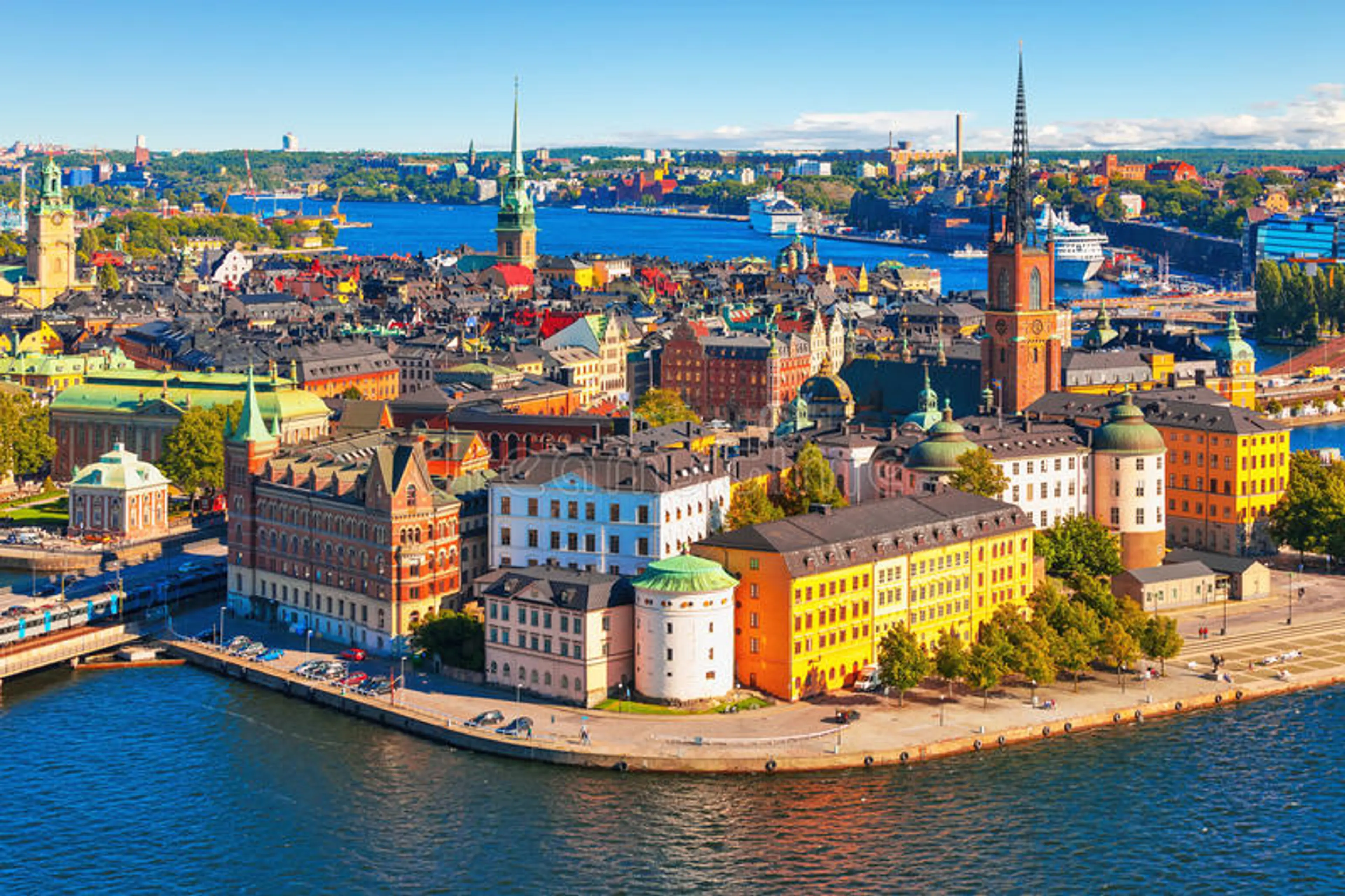
Stockholm
Sweden's capital, known for its beautiful archipelago, historic sites, and vibrant culture.

Copenhagen
Denmark's capital, known for its historic sites, modern architecture, and vibrant culture.

Aarhus
Denmark's second-largest city, known for its museums, historic sites, and vibrant culture.
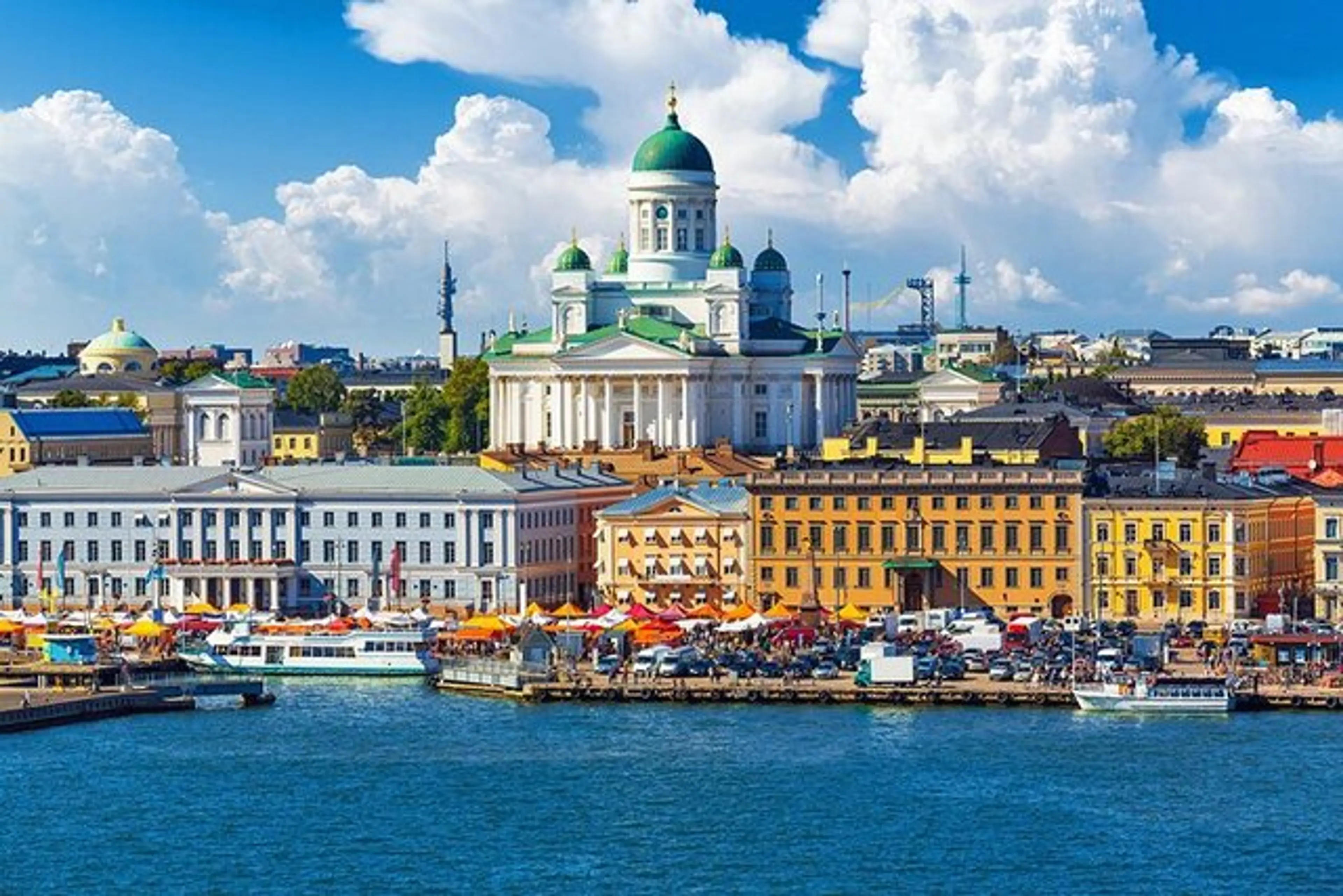
Helsinki
Finland's capital, known for its beautiful archipelago, historic sites, and vibrant culture.
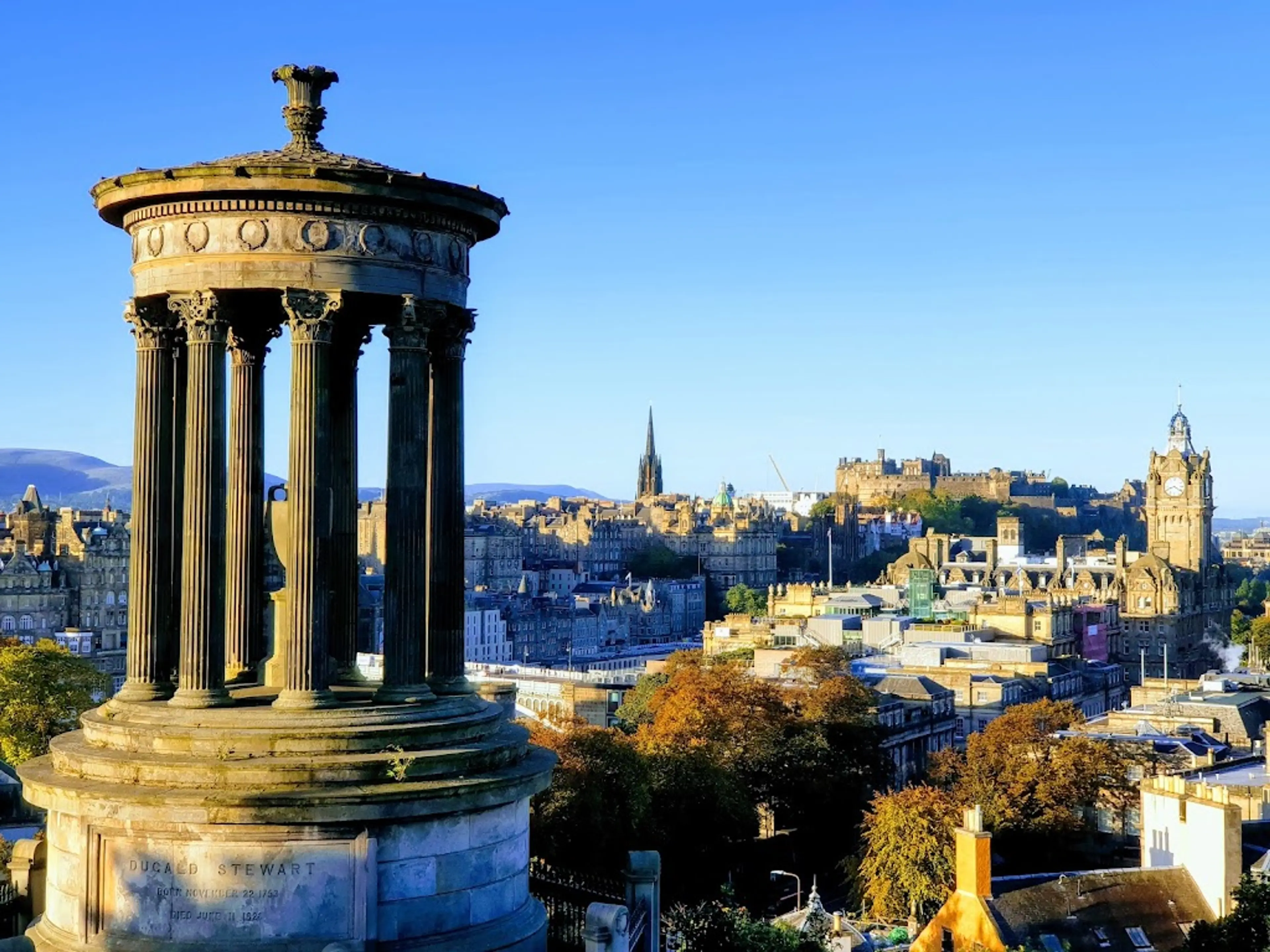
Edinburgh
Scotland's capital, known for its historic sites, beautiful landscapes, and vibrant culture.
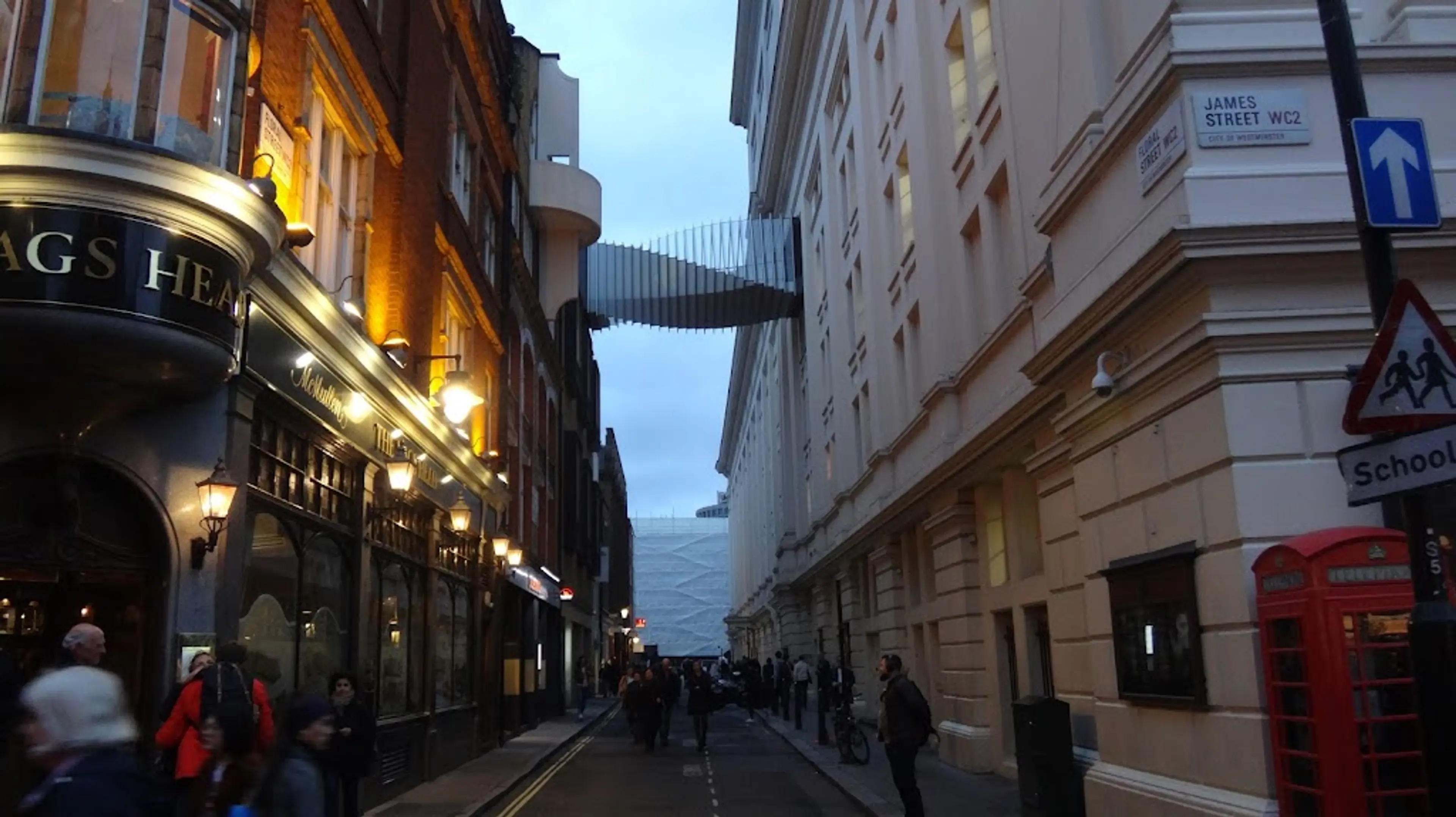
London
England's capital, known for its historic sites, modern architecture, and vibrant culture.
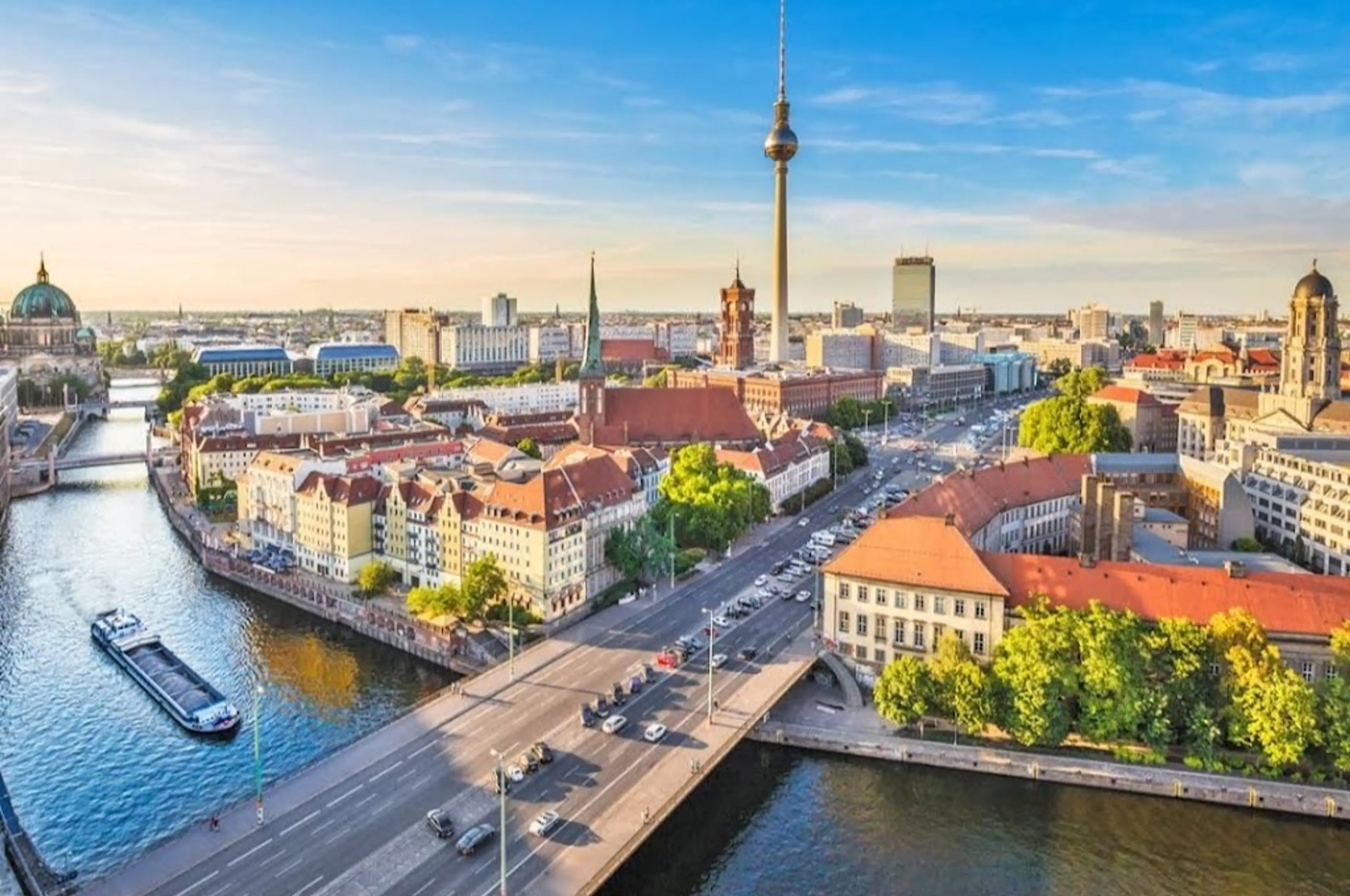
Berlin
Germany's capital, known for its historic sites, modern architecture, and vibrant culture.

Amsterdam
Netherlands' capital, known for its artistic heritage, elaborate canal system, and narrow houses.